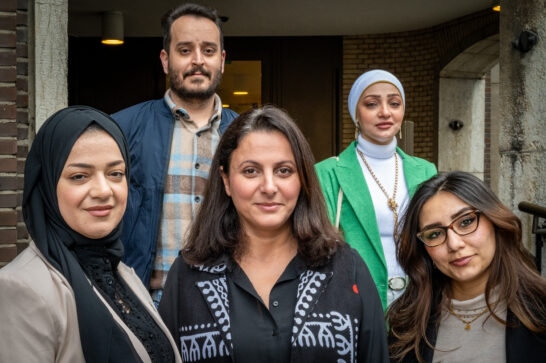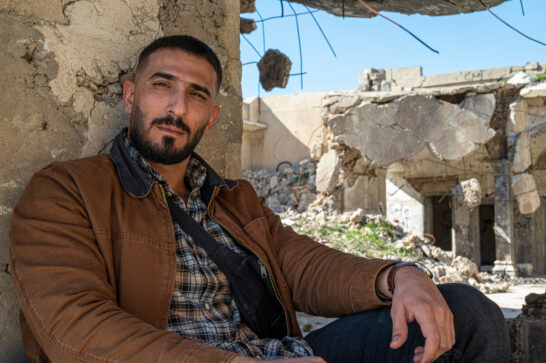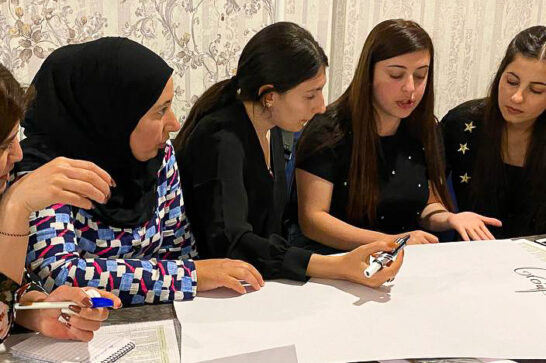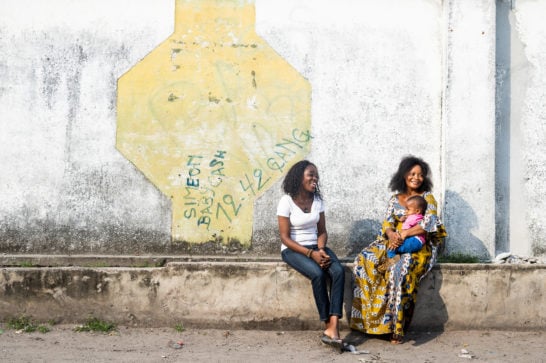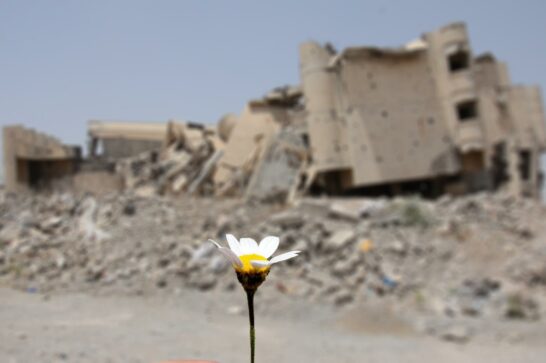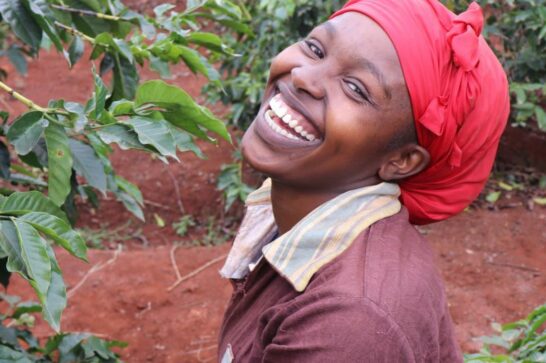Since 2015, Cordaid has been officially operating in the Kurdistan Region of Iraq (KRI) and Federal Iraq, with main offices in Baghdad and Erbil.
Initially focused on emergency response, we have transitioned to a long-term development approach, aligning with the international community’s shift towards sustainable development frameworks.
Our dedicated team works tirelessly across multiple sectors to create lasting, positive change for communities in need. We aim to build safer, more just, and equitable societies by addressing insecurity and injustice, promoting sustainable peace, and empowering local organisations and communities.

